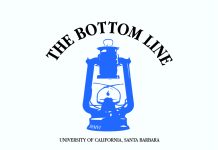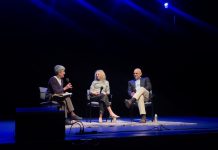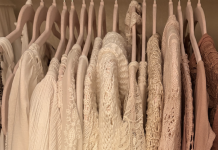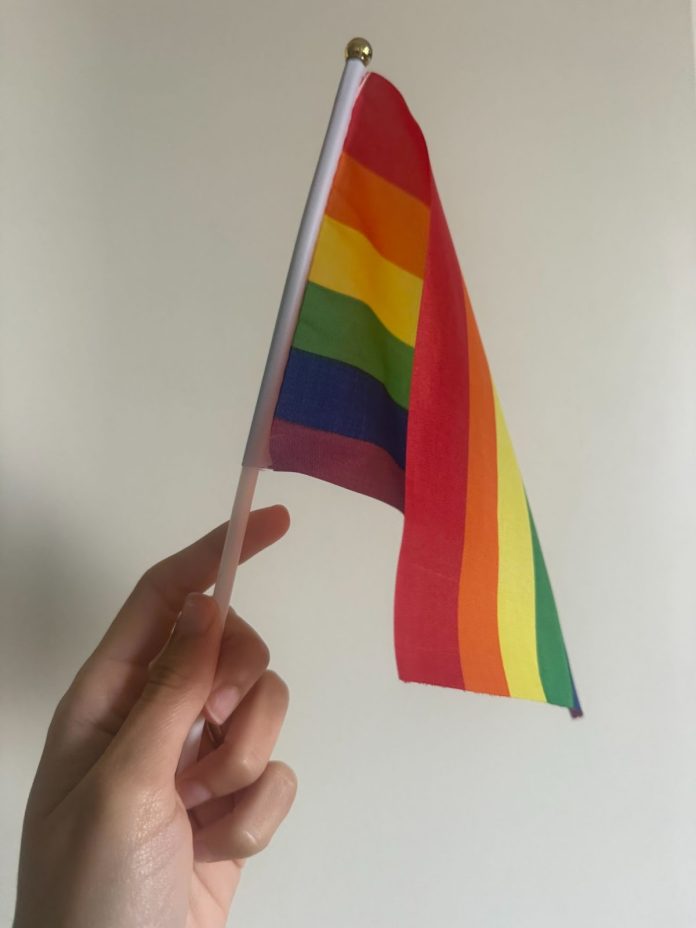Alice Dehghanzadeh
Opinions Editor
Since attending the Associated Collegiate Press (ACP) Conference last month on behalf of The Bottom Line (TBL), where I sat in on two informational sessions about LGBTQ+ news, I have been pondering about the space a contemporary setting leaves for queer news, both physically and metaphorically. In a time where political opinion is so heavily divided, we, as student journalists, have a duty now more than ever to ensure all voices are heard, and that includes those of the LGBTQ+ community.
The two aforementioned sessions at the ACP Conference were led by Phillip Zonkel, editor and co-founder of QVoiceNews, whose mission statement is to “publish compelling journalism that connects, elevates, engages, and empowers the LGBTQ+ community.” He started the publication after he, as a queer individual himself, witnessed a lack of LGBTQ+-centered news in mainstream media, and he has since served the greater Los Angeles area through a meaningful distribution of stories. “Bringing LGBTQ+ news out of the closet” is their main goal and has inspired me to consider my own role in uplifting queer voices.
Zonkel began by highlighting how the LGBTQ+ community has been under attack, particularly in the last few years — not solely through legislation but also within the stories being told. Aggressive rhetoric has sneaked into mainstream media, setting harmful stereotypes for the community. In order to change the narrative, journalists must flip the script. Instead of reporting only on tragedies, controversies, and traumas within the community, we must also showcase stories about queer joy, liberation, and achievements.
Zonkel also emphasized equal representation of the community as crucial to boosting queer voices. “If you’re treating us as invisible, then you’re harming us,” he said. One easy, more directly applicable step to incorporating queer news into our publications is to integrate LGBTQ+ ideals and individuals into our regular stories. For example, one could write an article about book recommendations, let’s say, and they can choose to include a couple queer options, whether that be a queer love story, an identifying LGBTQ+ author, etc. The point is to include them without pointing attention to their LGBTQ+ identity as a way of normalizing it. Oh wait, I already wrote an article like this! The subtlety in quietly incorporating queer representation can be powerful, allowing queer stories to be equal to any other.
The sessions led by Zonkel prompted me to ask many questions: how often are LGBTQ+ individuals silenced in journalism? Are we only highlighting LGBTQ+ voices when a tragedy takes place? Which stories are we failing to cover because we don’t have the established relationships with the community?
With these questions in mind, I reevaluated how we deal with LGBTQ+ news in our newsrooms and whose voices we give the microphone to. If we are truly committed to inclusivity, we must take the time to actively listen to queer voices. We should be attending LGBTQ+ events, interviewing queer individuals even in our typical news pieces, and seeking out stories that highlight the community’s efforts. We should also make space for queer journalists who can bring their own experience to the newsroom.
Mainstream media, while slowly progressing, still fails to meet these standards. They cover queer stories out of obligation rather than interest. There needs to be more accessible coverage that includes LGBTQ+ narratives in the frame, since they are crucial to exhibiting a representation that reflects the reality of the population. Young journalists have the power to change the field, Zonkel emphasized, and thus, we have a duty to better understand and share queer stories. Journalism should always be about listening to a diverse range of voices, and that includes the LGBTQ+ community.











